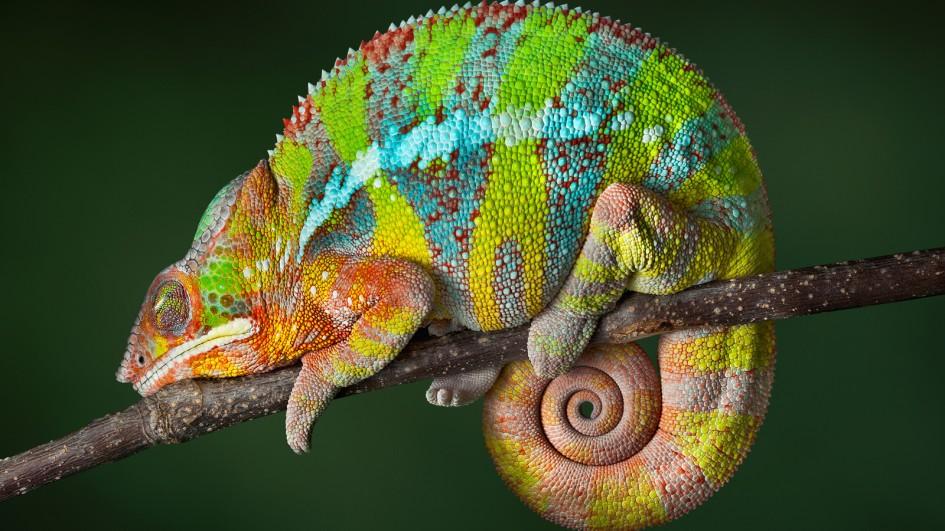One thing that fascinates people is the wide array of colors. Anything colorful can definitely attract our attention and amazement. It is no wonder why the chameleon has been the subject of hype and fascination by scientists, pet lovers and even regular people. This amazing creature can change its color at will, and with not just two colors, but many colors, depending on its mood, surroundings and its threat assessment. Chameleons have a distinctive makeup of their skins that make them reflect different wavelengths of light which we as colors. Their unique skin structure not only allows them to change colors but also change the intensity of the hues of the colors.
It is only until recently that scientists have uncovered the mystery behind the chameleon’s vibrant coloration. Their early theory that skin pigmentation is behind the chameleon’s changing color has been partially disproved as there is another mechanism in which chameleons change in color with such vibrancy. Although chameleons also use melanin, a natural body chemical responsible for skin coloration, through their skin cells (called melanophores), there are two additional skin layers in the chameleons skin which contain distributed guanine nanocrystals in a lattice. These nanocrystals are responsible for reflecting different wavelengths of light from their skin, which can be seen as colors by the human eye.
The chameleon has evolved to make good use of its coloration. The vibrant colors are used especially by male chameleons for attracting mates and also for warding off enemies and other rival chameleons. Perhaps the most known use for its ability for changing colors is for camouflage when hunting for prey and avoiding predators. Blending into the surroundings has become an expertise of this fascinating reptile. It is known as an ambush predator – the kind that would patiently lie in wait in a certain spot, looking for an unfortunate prey than happens to pass by near it. Its uncanny ability to blend in with its surroundings by matching the colors of leaves, twigs and branches makes the chameleon a formidable and successful hunter in its own right. Chameleons can stay almost completely motionless when waiting for or stalking their prey. Their independently moving and focusing eyes allow them to scan the environment and lock on to their prey without the need to move their head.
The different colors of the chameleon convey different messages to other creatures around it. When a male chameleon is around or near a female chameleon, it shows its flamboyant colors to impress and hopefully attract the female lizard. When a male chameleon is with other male chameleons or when near curious animals, the bright colors show their agitation and warning for other creatures to back off. Pet lovers should know this information when considering a chameleon: light and vibrant coloration such as red, yellow or orange means the chameleon is agitated, threatened or disturbed; dark colors such as blue, indigo or sometimes black means the chameleon is in a calm state. Thus, when you try to handle a chameleon, look out for its coloration before proceeding in order to avoid untoward incidents.
There are many things a chameleon can do with its colors. As observers, we humans are fortunate to lay our eyes upon and study these interesting creatures. When we study about a creature more, we begin to understand and appreciate its role and place in the environment. We could also begin appreciating nature for giving such a colorful animal and take steps to conserve our natural resources and preserve the natural habitat of the chameleon. Thus, we should stop destroying forests in order to see more of chameleons in action.


Recent Comments